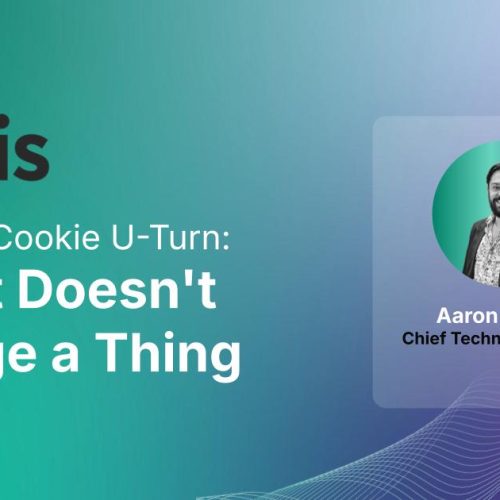Imagine you’re at a store with harsh, unflattering lighting — and you’re waiting a long time for the store associate to give you a hand. When she finally comes over, she’s rude and abrupt. Weeks later when you recall this event, you remember vividly that all the clothes looked terrible on you.
But were the clothes really as awful as you remember? Or is this a case of the context effect at work?
In psychology, the context effect posits that our environment influences the way we perceive a stimulus — i.e., a poor store environment may make us think the clothes weren’t nice. This phenomenon has important implications for how advertisers target consumers.
Rather than targeting the same person with the same ad the same way every time, advertisers must pay attention to context, messaging in ways that make sense at a specific time and place — especially at the moment consumers become shoppers.
By addressing context with the use of location data and technology, advertisers can effectively target consumers, turn them into shoppers and keep them shopping for more.
Building Relationships With Consumers
In order to set consumers on the path to purchase, brands need to identify potential buyers long before they step foot inside a store. They also need to use their knowledge of these consumers to engage them with relevant, personalized ads. Location data and technology can help with both.
By taking a look at where consumers go day in and day out, advertisers get a better understanding of who they really are. Using reliable indicators like direct logins and analyses of data and behavioral patterns through location data, advertisers get to know their customers as individuals — and reach out to them accordingly.
For instance, if location data indicates that a customer frequently visits tennis courts, the gym and the local health food store, they know that this person is active, sporty and healthy. They can then use this data to communicate with that consumer at every stage of the purchase funnel. For example, a vitamin brand can send them discounts when they check in to the Wi-Fi at the health food store.
Turn Consumers Into Shoppers
When many of us think about shopping, we think online shopping, assuming that consumer purchasing is increasingly moving online. However, in the U.S., 85 percent of people still prefer to shop in-store.
By using past and present consumer location data, marketers can gain insight into consumers and deliver engaging, personalized messages that will help transform consumers into shoppers. With proximity targeting, brands connect with consumers based on where they are — and encourage them to visit in person. For instance, a brand can send a 10 percent off coupon to an individual walking around nearby. Sony successfully used this strategy by identifying and targeting audiences seen in proximity to phone shops stocking their devices. The brand then implemented a retargeting strategy to reach the audiences once seen in target locations, which ultimately lifted foot traffic by 9.9 percent.
Furthermore, marketers can also take advantage of the benefits of moment marketing, empowering brands to launch location-based digital ads reacting to real-time events. For instance, brands can capitalize on heightened interest around specific events to deliver the right ad to engage consumers.
Engage Shoppers In-Store
An individual walking down the street wearing a recent purchase from his favorite retailer is a consumer; once that same person enters your store, he becomes a shopper. Brands need a different approach to target in-store shoppers than the one they used to get them there in the first place.
Advertisers can make use of beacon technology or retail-mobile integrations to improve in-store customer service. For example, brands can invest in apps to personalize consumers’ shopping experiences or help them navigate through the store.
Retailers can also make use of beacon technology and the insights they afford to analyze in-store visits and shopping patterns to improve their understanding of how mobile campaigns will relate to sales.
Turning consumers into shoppers is never one-and-done. Instead, it requires a sustained approach that helps move consumers from potential buyers to interested shoppers to satisfied customers. And this can only happen when brands pay attention to context.


